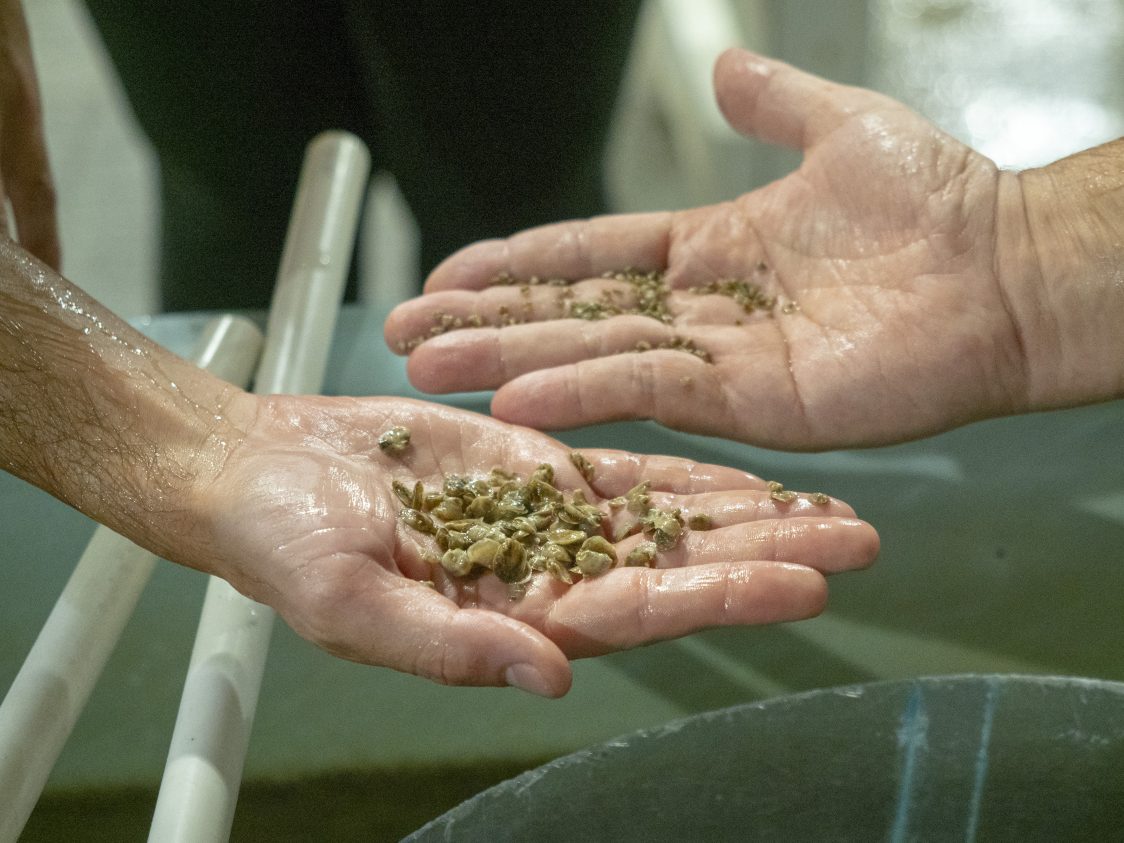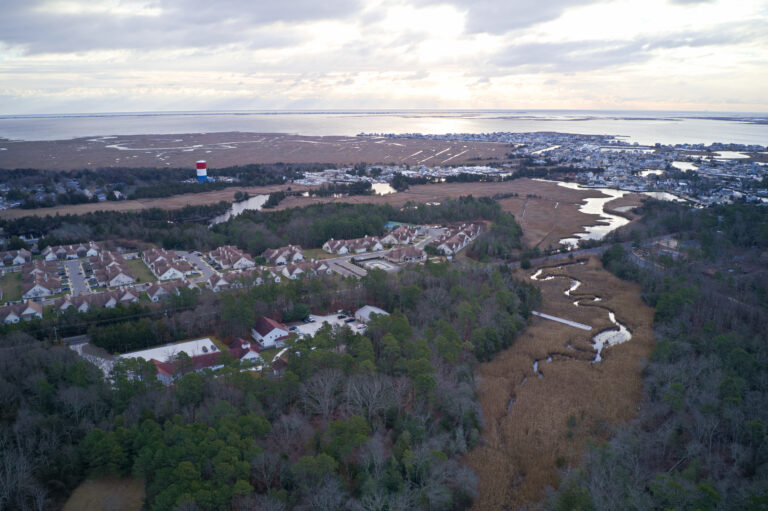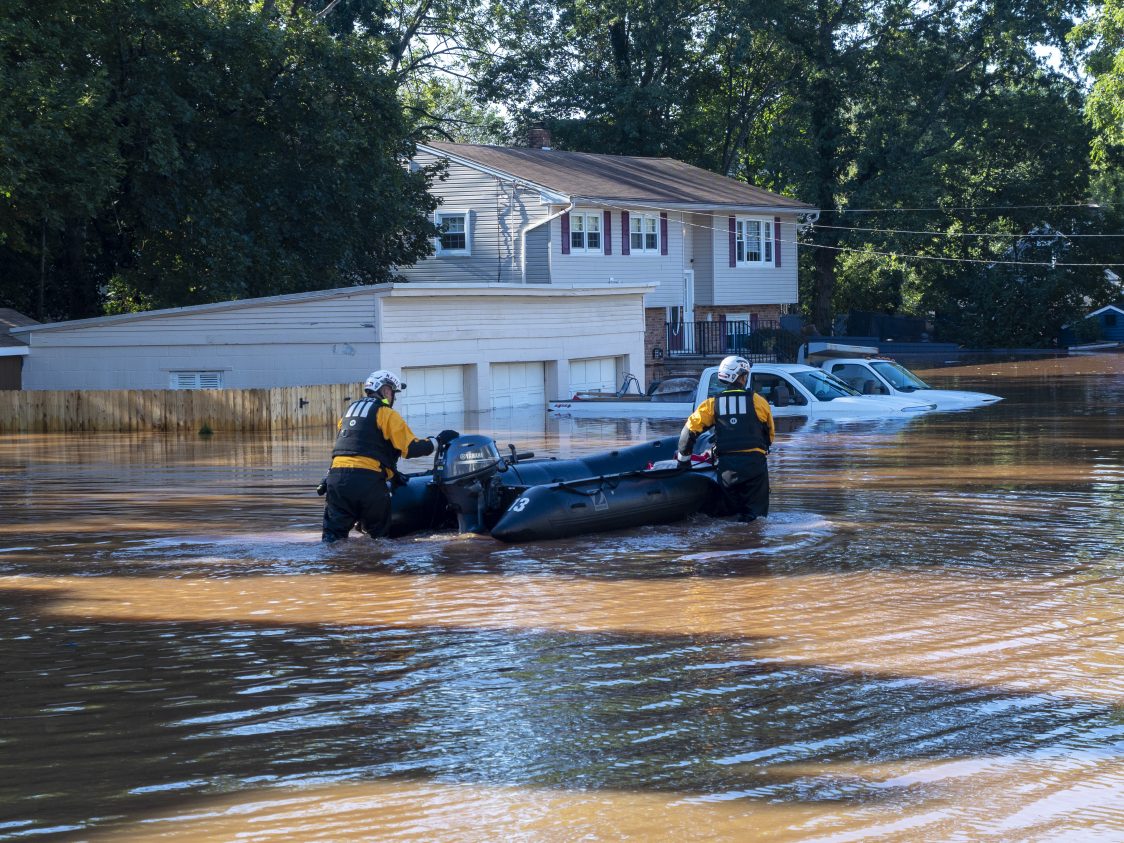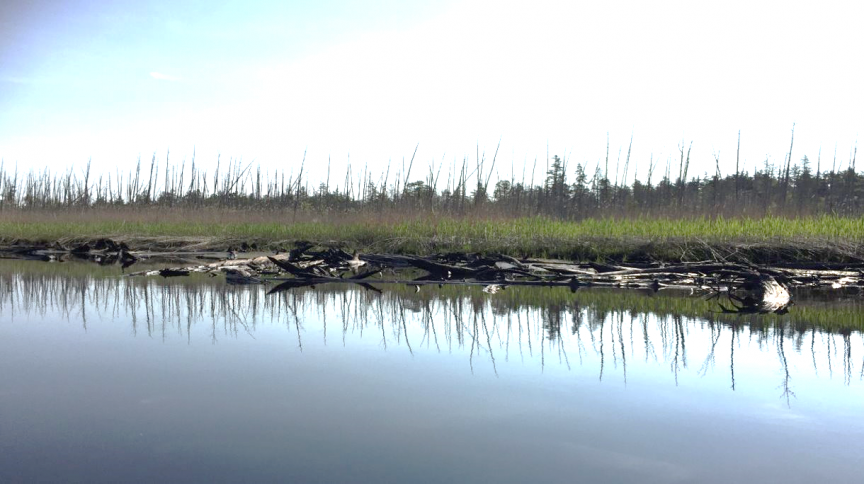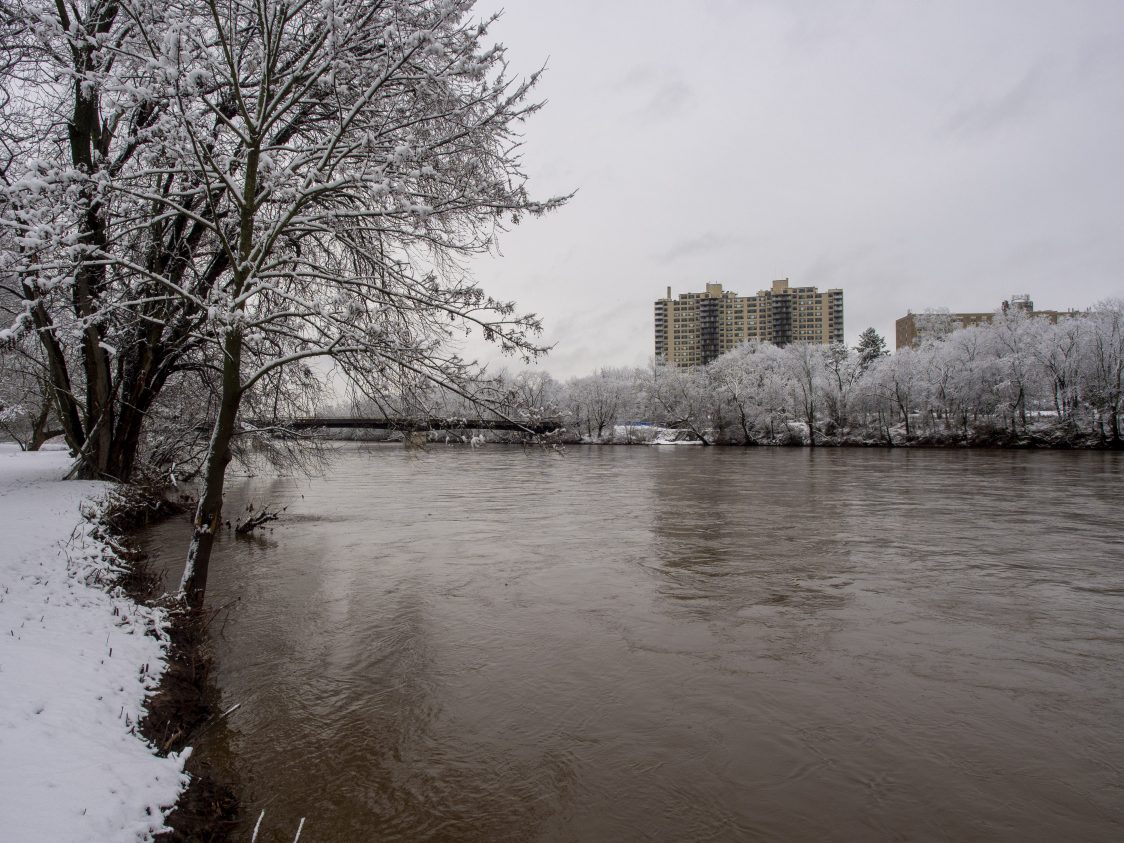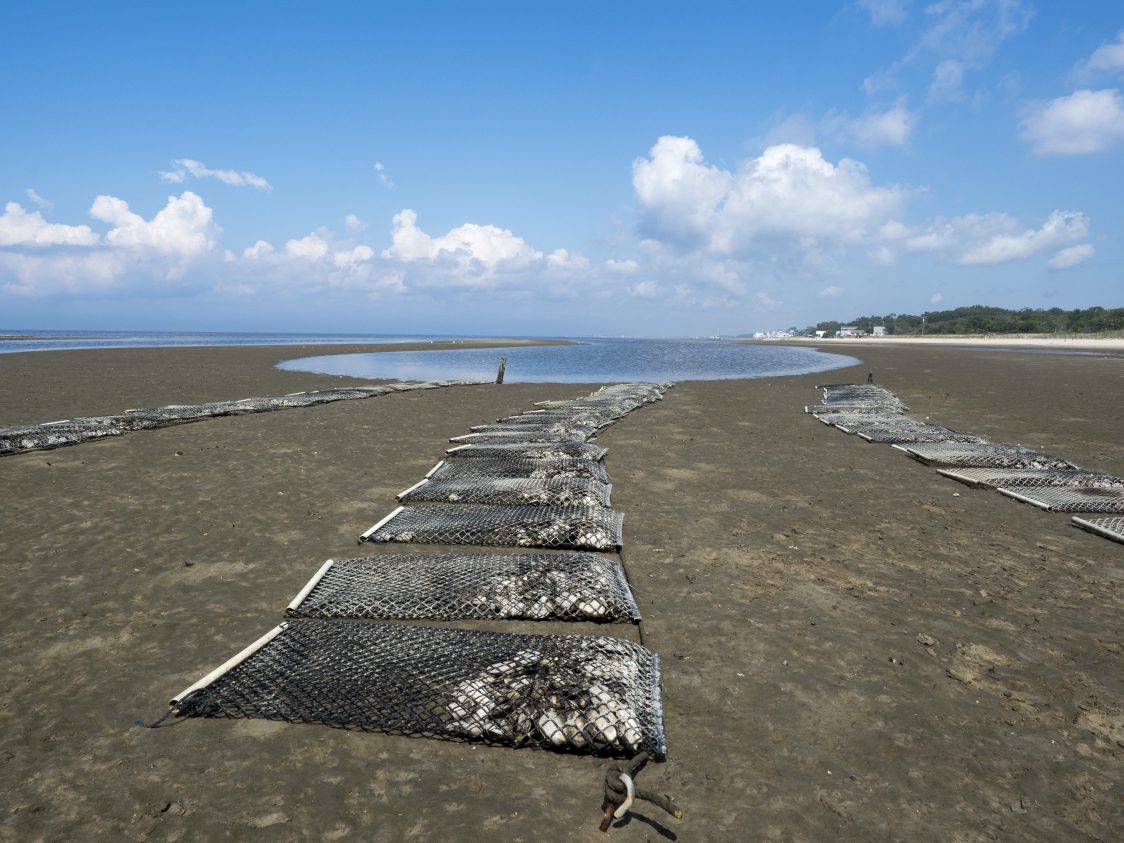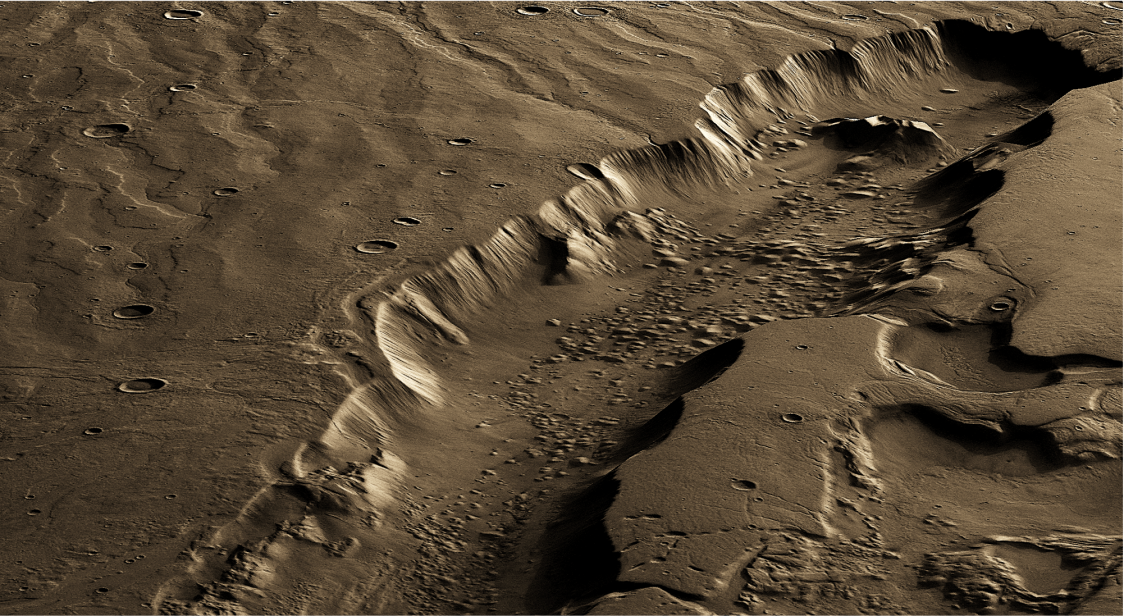By Carol Peters, EOAS Communications To address one of the most pressing issues impacting human civilization, pioneering work by EOAS faculty members Kay Bidle and Kimberlee Thamatrakoln is, for the first time, changing the ways scientists understand the impact marine viruses have on phytoplankton, the ocean’s role in the carbon cycle, and ultimately on Earth’s changing climate. Arriving on the …
EOAS In the News: “Tiny Oysters Are a Hopeful Sign in the Hudson River”
New York Times reporter James Barron joined #EOAS faculty member Thomas Grothues and other #Rutgers scientists on a trip on the Hudson River in lower Manhattan to check on the “oyster habitat enhancements” they had installed last year and seeded with juvenile oysters. Barron reports “The oysters were small, barely the size of a thumbtack. The people measuring them, on a skiff rocking …
JCNERR and Rutgers Aid in Collaborative Research Consortium Project to Manage the Barnegat and Great Bays
The Jacques Cousteau National Estuarine Research Reserve (JCNERR) and several partners were awarded a grant to implement the newly-established New Jersey Consortium for Resilient Communities. JCNERR is managed by Rutgers NJAES, in partnership with the National Oceanic and Atmospheric Administration. The project, “Barnegat Bay and Great Bays Resilience Observing Network: Tracking the Changing Environment to Inform the Management of Estuarine …
President Holloway Announces University Climate Action Plan
Rutgers will establish an Office of Climate Action and work to eliminate greenhouse gases before the university’s 275th anniversary. In his second address to the University Senate on Sept. 24, President Jonathan Holloway announced the university’s commitment to a Climate Action Plan and the formation of the Office of Climate Action that will lead the university’s efforts to achieve carbon neutrality by 2040. The …
Water and Industry: Rutgers Student Screening and Discussion of “Brave Blue World”
By Carol Peters During the April 13 online event, a panel of Rutgers undergraduate students from different academic backgrounds will discuss their visions for solutions to issues surrounding global water and sanitation. “What can we do to help solve the global water crisis in both our personal and professional lives?” This is the pivotal question a panel of Rutgers University-New …
“Ghost Forests” Expanding Along Northeast U.S. Coast
Higher groundwater levels from sea-level rise and increased flooding are likely the most important factors Why are “ghost forests” filled with dead trees expanding along the mid-Atlantic and southern New England coast? Higher groundwater levels linked to sea-level rise and increased flooding from storm surges and very high tides are likely the most important factors, according to a Rutgers study on the …
Microplastic Sizes in Hudson-Raritan Estuary and Coastal Ocean Revealed
Rutgers research shows stormwater could be important source of plastic pollution Rutgers scientists for the first time have pinpointed the sizes of microplastics from a highly urbanized estuarine and coastal system with numerous sources of fresh water, including the Hudson River and Raritan River. Their study of tiny pieces of plastic in the Hudson-Raritan Estuary in New Jersey and New York indicates that stormwater could be …
On the Banks of a Pristine Raritan River
Rutgers Cooperative Extension faculty member Michele Bakacs is leading an effort to study pathogens in the Raritan River, aiming to ensure the river eventually meets fishable and swimmable standards in New Jersey and becomes a resource that is cherished and celebrated. By Carol Heher Peters On a sweltering day in May, Rutgers students gather on the banks of the sparkling Raritan River and …
#EOAS in the News: Ximing Guo speaks to Science Magazine about the Impact of Genomics on Aquaculture
Science Magazine interviewed EOAS faculty member Ximing Guo for the article “New genetic tools will deliver improved farmed fish, oysters, and shrimp. Here’s what to expect” published Nov. 19, 2020 Guo is a Professor at the Haskin Shellfish Research Laboratory, Rutgers Department of Marine and Coastal Sciences. His primary research interests are the biology, genetics, and evolution of marine mollusks, and marine aquaculture. He is interested …
Best Region For Life on Mars Was Far Below Surface
Rutgers-led study sheds light on subsurface melting of thick ice billions of years ago The most habitable region for life on Mars would have been up to several miles below its surface, likely due to subsurface melting of thick ice sheets fueled by geothermal heat, a Rutgers-led study concludes. The study, published in the journal Science Advances, may help resolve what’s known …
- Page 1 of 2
- 1
- 2




